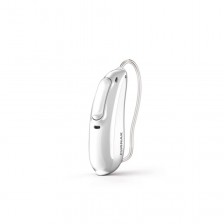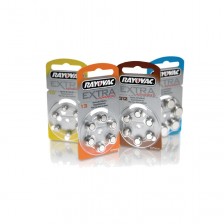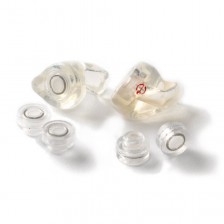Hearing aids' connectivity types


Hearing aids, to capture distant sounds directly, have connectivity. On this post we already talked about the connectivity linked to the technological advances of hearing aids and their operation but today we will focus on the types hearing aids' connectivity. We distinguish two types: the internal and the external.
What is the difference between the one and the other? We tell you!
Hearing Aids' Internal connectivity
It means that they have binaural connectivity, that is, that the hearing aids are connected between them. The hearing aids speak the same language at the same time, so any action we do on one of them automatically happens on the other.
The most important actions that have binaural connectivity are:
- Changing the program: when we change a program in a hearing aid it is automatically reflected in the other.
- Volume up or down: if we lower or raise the volume of a hearing aid, it also occurs in the other.
- Directionality of the microphones: the orientation of the microphones are always at the same time to simulate as much as possible the behavior of the human ear. That is, if a person speaks to us from our right, the microphones of our hearing instruments will be oriented to the right.
External connectivity of hearing aids
It is necessary to differentiate two types of external connectivity: the inductive coil and the connectivity towards the outside.
The inductive coil
It is the communication via universal magnetic induction. And what does it mean? It means that it is a universal wireless communication that serves to go to rooms or places prepared to capture the magnetic signal, such as the cinema or the accessible theater.
The coil has many utilities and applications at a social level but we will try it in an upcoming blog post.
Outward
Connectivity to the outside is possible through bluetooth or connectivity accessories, which can be connected to sound sources. An example would be to link the hearing aids to the mobile, to a video of an iPad, etc.
Each hearing aid manufacturer works the connectivity in one way or another. Some allow direct connectivity to the hearing aid via Bluetooth and others have the ability to communicate through a streamer.
To simplify it, there are two ways of communicating outwardly:
- Direct: The headphones connect directly to the phone -made for iPhone or Android-, microphones or TV accessories. An example would be the direct linking of hearing aids with an iPhone from where you can play music or videos.
- Indirect: Through a streamer that is an accessory that acts as an intermediary between the hearing aids and the sound source. To describe it broadly, it is like the "hub" of communication that can link to the mobile, iPad or television, among many other devices and establishes the connection through several channels: bluetooth, minijack, wireless microphones, etc.
The streamer is a device that the hearing care professional has to link to the hearing aids to centralize communications and one of the important things to keep in mind is that being an external device, you have to always carry it on to connect with the sound sources.
Streamer does not have to be a cumbersome device, at all! Although each brand has its own designs, many are well-worked, such as the ComPilot Air II.
Now that you know the types of connectivity, you can choose the one that works best with your hearing instruments or the one you prefer.





























